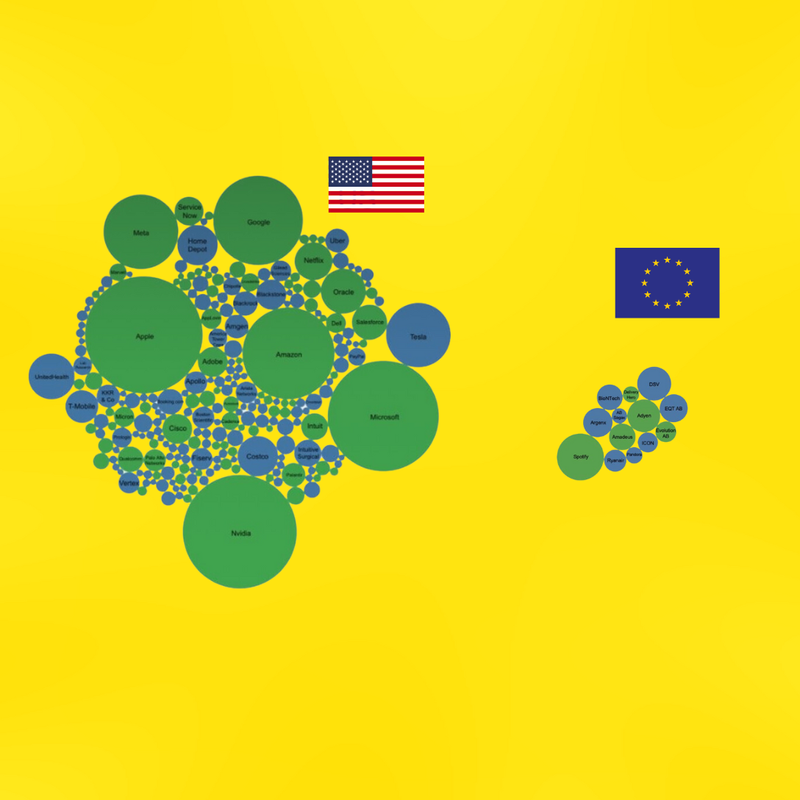Europe’s AI regulatory sandboxes need improvement
After introducing the AI Act, regulatory sandboxes have become an EU’s poster child measure aimed at both helping European innovators with compliance questions, as well as provide a safe space to test and innovate, in accordance with rules and procedures.
After introducing the AI Act, regulatory sandboxes have become an EU’s poster child measure aimed at both helping European innovators with compliance questions, as well as provide a safe space to test and innovate, in accordance with rules and procedures.
The regulatory sandboxes scheme, pioneered in the US, allows innovation to flourish while still providing important consumer safeguards and protections.
An AI "sandbox" would offer tech companies an environment in which they could test their innovations commercially. This would allow regulators to monitor innovations while giving businesses a chance to evolve without bureaucratic regulations. It's a win-win situation as businesses gain clarity, consumers get cutting-edge technology, and regulators get data-driven insights.
The issues with European AI sandboxes
The European Commission has set out its own vision for AI sandboxes for AI development:
The draft AI act envisages setting up coordinated AI sandboxes at the national level, and would establish common rules to ensure uniform implementation of the sandboxes across the EU. Member States' competent authorities are encouraged – not required – to set up regulatory sandboxes, and put in place a basic framework in terms of governance and supervision (article 53). Accordingly, regulatory sandboxes can be established either by a single Member State, several Member States, or the European Data Protection Supervisor. Furthermore, regulatory sandboxes must be supervised by national competent authorities in accordance with the existing rules applicable at the EU and national levels; the competent authorities' supervisory and corrective powers would therefore not be affected. In the event of risks to health and safety, and to fundamental rights, mitigation and even suspension measures could be taken.
The European Commission's draft AI Act presents a mixed picture regarding the implementation of regulatory sandboxes. While the Act proposes establishing coordinated sandboxes at the national level and encourages Member States to create them, it does not mandate participation. This voluntary approach could lead to significant disparities across EU countries. Some nations may quickly adopt sandboxes, fostering innovation, while others could lag, resulting in an uneven landscape for AI development across Europe.
Moreover, the proposal prioritises small-scale providers and start-ups for participation in these sandboxes, which could limit access for larger companies. This prioritization raises concerns about whether the regulatory environment will be conducive to major players who are essential for driving large-scale innovation and competition. If larger companies feel excluded or find the sandbox framework unappealing, Europe risks stifling the innovations it seeks to cultivate.
Under the proposal, small-scale providers and start-ups would be given priority access to AI regulatory sandboxes (article 55). -> meaning that big companies like META are unlikely to be able to use these sandboxes
Lastly, EU’s regulatory AI sandboxes participants remain liable under existing EU and national laws, leaving them very little space for testing phase:
However, the proposal explicitly states that participation in a sandbox experiment does not exempt participants from liability. Participants in AI regulatory sandboxes would therefore remain liable under applicable EU and Member State legislation for any harm inflicted on third parties as a result of the experimentation taking place in the sandbox.
The next steps
In order for Europe to remain competitive, innovators need room to breathe. Regulatory sandboxes should provide that space. The sandboxes should offer a safe environment for smaller and bigger companies to test theirAI models under the supervision of regulators.
Most of EU’s Member States are still in preparatory mode for implementing the AI sandboxes, and while deadline to meet regulatory sandbox goals is 2026, both Member States and the Commission have to think of the ways on how the concept can become empowering for European innovators and aiding the EU in its global AI race ambition.
If you want to send us your op-ed, contact us at editor@eutechloop.com






